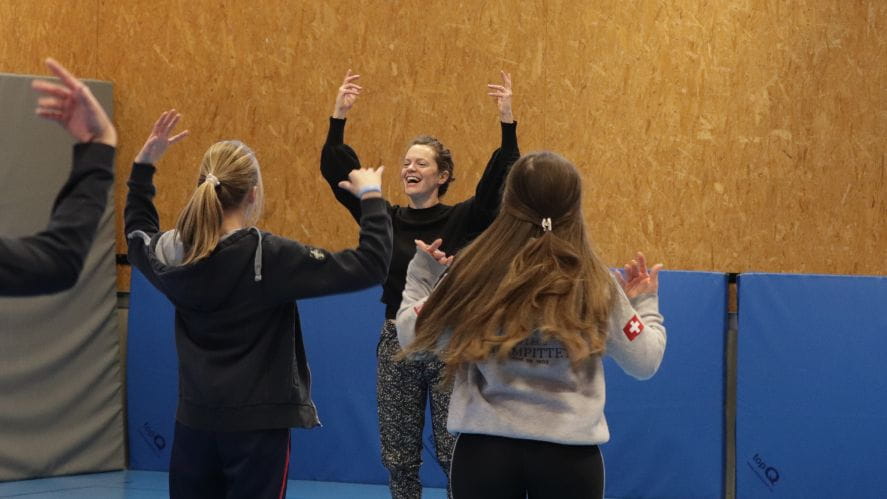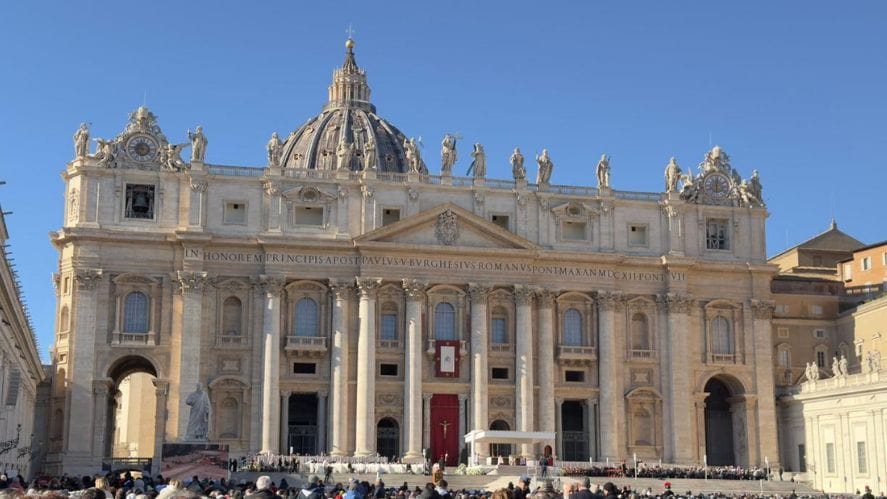We use cookies to improve your online experiences. To learn more and choose your cookies options, please refer to our cookie policy.
There’s no limit to what your child can achieve at Collège Champittet. Empowered by world-class teachers and engaged in the very best international curricula, our students enjoy a truly global education that’s embedded in Swiss traditions, heritage, and standards.
Excellence starts early, and our pre-school and primary programmes – which combine Swiss, French, and British curricula – are specifically designed by Champittet teachers for Champittet students. Learning in both French and English, our younger children quickly become gifted dual-language communicators. This prepares them for the challenges, opportunities, and incredible experiences of secondary education at our school.
We’re proud to offer a choice of diploma pathways from the age of 14. Our young people study for either the International Baccalaureate Diploma Programme (IBDP) in English, the French Baccalaureate, or the bilingual Swiss Maturité. As well as being academically rigorous and respected worldwide, each diploma is packed with global experiences, which build confidence, independence, and open-mindedness.
At every stage of their academic education, your child will follow a personalised journey that aligns with their passions, strengths, and ambitions. This includes the opportunity to study a higher-level maths programme, a requirement for selective Swiss and international universities, and follow specialist French and English language courses.
Our students’ hard work, talent, and enthusiasm sees them earn consistently fantastic results. For example, our class of 2023 achieved a 100% pass rate in the Swiss Maturité, well above the national average of 67%. Our IBDP points score of 33 was significantly higher than the global average, too.
This success takes our graduates to the world’s top 100 universities, including Oxford, King’s College London, the University of Geneva, Ecole Hotelière de Lausanne, and McGill.





.jpg?h=700&iar=0&w=920&rev=2cd0d34694fc4f9da8741a24859c219b&hash=2C6B887B8E278A23331C5AB9666F6315)

.jpg?h=700&iar=0&w=920&rev=467a8ab6fa6e484a82652328fa3c0dca&hash=FF4A00CD80986B7D2F8C62427F6635CD)





.jpg?h=700&iar=0&w=920&rev=1e6c9fa60aa643a4b543971e50268550&hash=FC4E00E5D56708AF0432A3BD09F6D92C)









